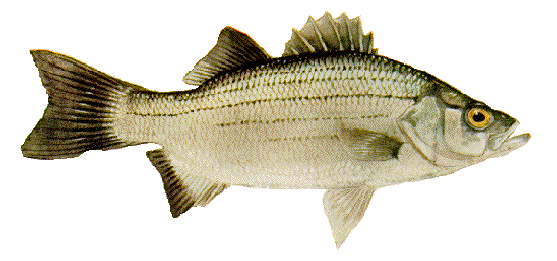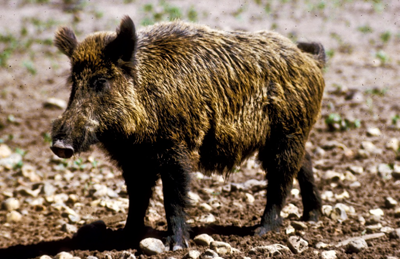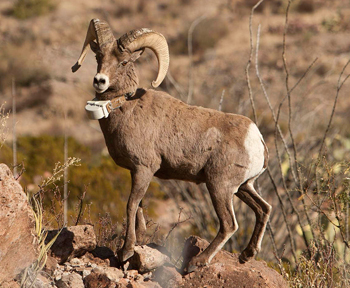Angling: Battling White Bass
Thursday, January 31st, 2013
White Bass, Colorado Bend State Park
This is Passport to Texas
Largemouth bass give fishermen a good fight, but the smaller white bass is just as capable of providing anglers with an adrenaline kick.
14— Ounce for ounce, they are a real strong fighter. But they’re not as big as largemouths. If they grew as large as largemouth bass, I think we’d have to fish for them with surf rods and heavy lines.
John Jefferson is an outdoor writer, and crafted an article about this species for Texas Parks and Wildlife magazine’s February digital fishing special.
11— Most people that fish for whites will use lightweight tackle, a medium to lightweight spinning rod, and four to six pound test line – and then they’re fun!
Late winter and early spring white bass begin schooling in tributaries to spawn. Whether from a bank or a boat, fishing for whites in open and running water is your best bet for success.
21— Middle of the creek, and then draw the lure back to the shore. And you’ve covered water from the deeper water in the middle up to the shore. You’ll probably hang one. It’s not uncommon, and a neat thing to see [that sometimes] you’ll hook one fish and as you’re reeling it in and playing it, there will be two or three others schooling right along with it.
They’re probably offering moral support. Read the February digital fishing special, free online, at www.tpwmagazine.com.
That’s our show…with support from the Wildlife and Sport Fish Restoration Program…funded by your purchase of fishing and hunting equipment and motor boat fuel…
For Texas Parks and Wildlife…I’m Cecilia Nasti.






 Passport to Texas is a
Passport to Texas is a  Passport to Texas is made available by:
Passport to Texas is made available by: